Email marketing is evolving rapidly, with new trends emerging each year that can significantly impact your strategy’s effectiveness. To stay ahead of the curve and maintain a strong connection with your audience, it’s essential to be aware of these emerging practices while also recognizing the value of ongoing trends that have proven successful in recent years. In this article, we’ll delve into the key trends shaping email marketing in 2024, including those that have continued to gain momentum from 2021, 2022, and 2023.
1. Dark Mode
Dark mode has seen an increase in popularity recently, with around 82% of smartphone users now favoring it, according to EarthWeb. Its appeal lies in its comfort for the eyes and its ability to extend battery life by maintaining minimal brightness levels.
Recognizing this trend, many email marketing platforms have introduced dark mode testing in their inbox preview tools. This feature is essential for email marketers, allowing them to preview how their emails will appear on different devices before sending them out.

However, designing for dark mode is more complex than simply inverting colors. It involves careful selection of colors, images, and text to ensure they are both legible and visually appealing in both light and dark settings.
It’s important to remember that not all email clients support dark mode, so designing emails that look great in any viewing scenario is essential. The goal is to provide a comfortable reading experience, whether your subscribers are in a bright room or checking their email late at night.
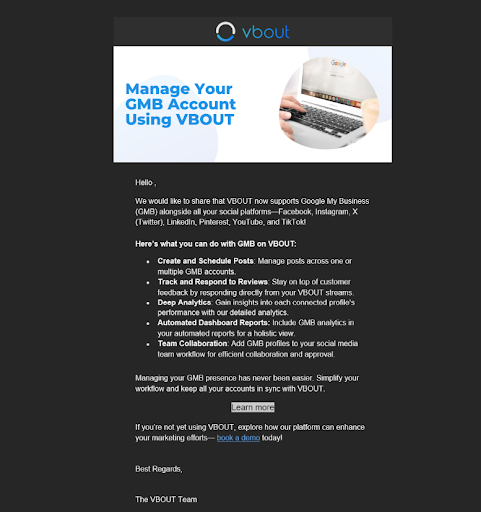
2. Email Authentication for Bulk Senders
Email authentication has been becoming increasingly crucial ever since the beginning of 2024, especially with recent updates from major providers like Google and Yahoo. These updates are aimed at improving security and deliverability, ensuring that emails sent from bulk senders are legitimate and trustworthy. For marketers, this means adhering to stricter authentication protocols to maintain their email deliverability and avoid being flagged as spam. Below are the some of the requirements for bulk senders:
Mandatory DNS Authentication: Configuring SPF, DKIM, and DMARC is now essential for anyone sending emails to a large contact list (5,000+ contacts). Previously, SPF and DKIM were already required, but DMARC was optional. Now, to comply fully, you must implement a DMARC policy, even if it’s set to “none.” This ensures your domain’s emails are authenticated correctly.
One-Click Unsubscribe Requirement: Previously, email marketing tools mandated including either a one-click unsubscribe link or a “Manage Preferences” option in emails, with an automatic unsubscribe link added if neither was present. However, to comply with the new requirements, the one-click unsubscribe option must now be included in your emails. The Manage Preferences link, which requires extra steps to unsubscribe, is no longer sufficient on its own.
Maintaining a Low Spam Rate: Google and Yahoo are now enforcing that bulk senders keep their spam complaint rates below 0.1%. If your spam rate exceeds this threshold, you need to quickly identify and address the issues causing this. An even higher rate, such as 0.3%, signals an urgent need for immediate corrective action.
3. Generative AI
Generative AI is rapidly emerging as a significant trend in 2024, building on its momentum from 2023. According to a McKinsey Report, generative AI has the potential to contribute up to $4.4 trillion in annual global productivity. A clear example of its impact can be seen with the crafts retailer Michaels Stores, which managed to personalize 95% of their email campaigns, a substantial increase from just 20% before adopting generative AI.
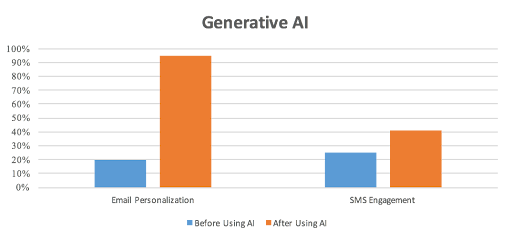
Many email marketing platforms have integrated AI into their systems, allowing users to instantly create various types of emails (welcome email, confirmation email, cart abandonment message, product review request, or cancellation notice…) by inputting a few details, with the rest being generated automatically. This trend not only saves time but also helps marketers deliver more targeted and effective campaigns.
Here’s an example showing how to generate a confirmation email in seconds using an AI-enabled marketing platform:
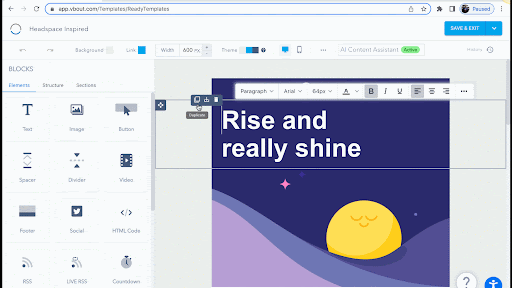
4. Emergence of New Design Trends
In 2024, several new email design trends have gained prominence. Below, we highlight the three most impactful trends we’ve observed this year.
Neumorphism and Glassmorphism
Neumorphism and glassmorphism are design trends that can give your emails a modern, stylish look. However, it’s crucial to ensure that your content stays clear and accessible when using these styles.
Neumorphism, often called “new skeuomorphism,” merges flat design with a touch of old-school realism. This style creates a subtle 3D effect, making design elements appear softly embossed or debossed from the background. The key feature of neumorphism is its use of soft shadows and highlights, which gives the design a realistic feel, as if the elements are gently carved out of the background. This is usually done with a minimalist color palette and carefully balanced light and dark shadows.
On the other hand, glassmorphism is all about transparency and depth. It uses a “frosted glass” effect, where elements appear to float over a blurred background, with vivid colors adding contrast. This style often features semi-transparent layers, with subtle borders and multiple layers that create a sense of depth.
When incorporating these trends into your email designs, the goal is to achieve a visually striking yet user-friendly interface that enhances the overall experience without compromising readability or accessibility.
Below is an example, showing the difference between both styles:
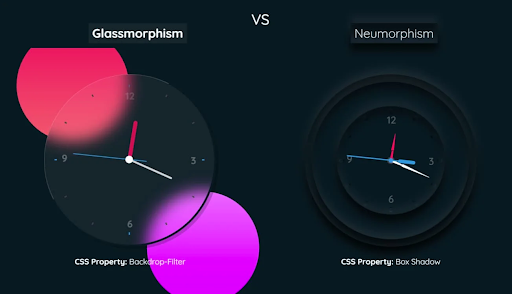
Duotone color and Multi-Shade Gradients
Duotone and multi-shade gradients are two color trends that are designed to make a remarkable impact in email marketing.
Duotone consists of using only two colors throughout the entire email. This approach, which gained popularity with the nostalgic style of 2021, is expected to be adopted by marketers because it minimizes distractions and creates a neat look. The colors blend to create a monochromatic effect, resulting in an email design that feels comfortable to the eye and delivers a clear message.
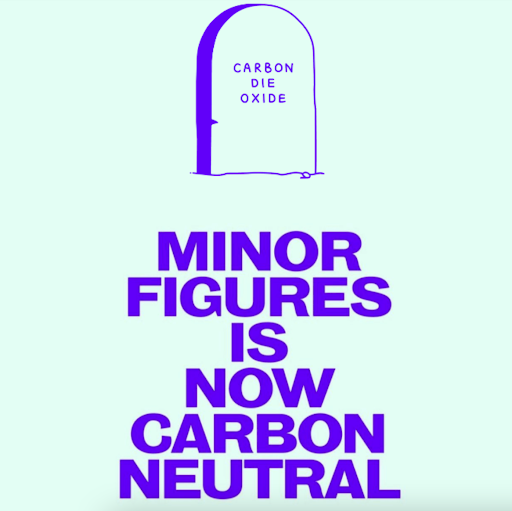
Multi-shade gradients are another trend likely to dominate. These gradients bring a retro vibe to emails and help them stand out by cutting through the visual noise. Gradients naturally guide the viewer’s eye from lighter to darker areas, reinforcing the visual hierarchy and improving the flow of the email. For instance, PicMonkey has used gradient colors that are compatible with images, giving their emails a consistent and engaging visual flow.
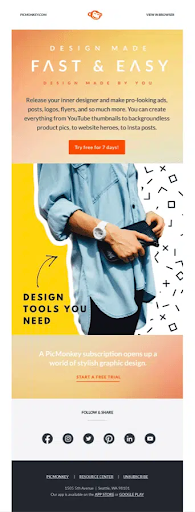
Both of these trends offer a way to create visually appealing emails that not only catch attention but also guide the reader’s focus in an effective way.
3D Design Elements and Parallax Scrolling
3D design elements are powerful tools to add depth and visual interest to your emails, making them more engaging and eye-catching in the inbox.
Isometric and 3D graphics bring a sense of dimension and realism to your designs, helping your emails stand out which in turn might lead to increased click-through rates. These elements improve the visual appeal of your product that can grab your audience’s attention.
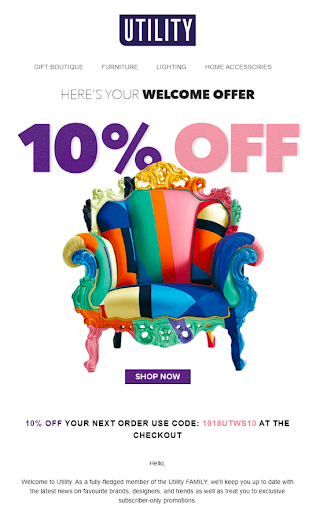
Parallax scrolling effects, where background and foreground elements move at different speeds, add a sophisticated, layered look to your emails. This subtle interactivity not only makes your emails visually appealing but also enhances the overall user experience, making your communications more memorable.
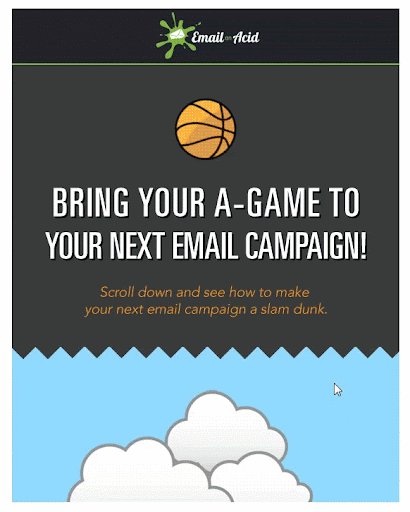
5. Interactive and Dynamic Elements
Interactive and dynamic elements in email marketing are key strategies for driving engagement and personalizing the user experience.
Interactive elements such as add-to-calendar events, quizzes, and polls provide an enjoyable way for subscribers to engage with your content, turning emails into interactive experiences rather than static messages.
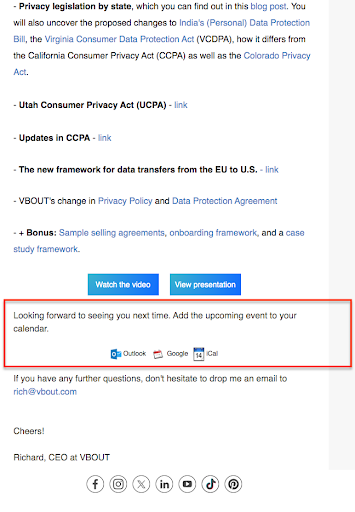
Dynamic content takes personalization to the next level by customizing emails based on user data, like search history or past purchases. This approach ensures that the content is highly relevant to each subscriber. Additionally, dynamic content can automatically update based on factors like location, weather, or the time the email is opened, making the content feel timely and personalized.
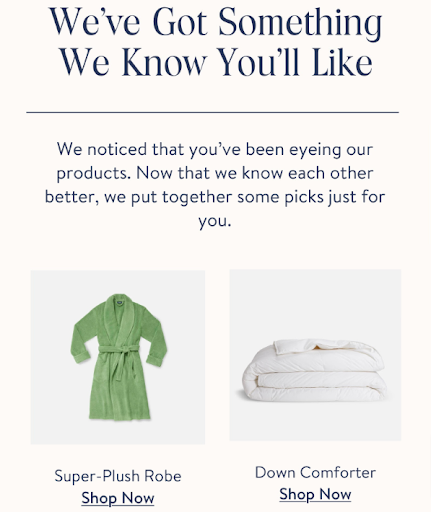
Real-time content updates, such as live polling or countdown timers, add a sense of immediacy and excitement. These updates can be particularly effective in driving action, whether it’s prompting a purchase, encouraging event participation, or simply keeping subscribers engaged.
While there are many email marketing and design trends gaining traction in 2024, the ones highlighted in this article are among the most impactful for helping your emails stand out in a crowded inbox. In a competitive landscape, these trends can give you the edge needed to capture your audience’s attention and encourage engagement.
As you navigate these trends, it’s crucial to align them with your brand’s identity and objectives. Conducting A/B tests on your email content can help identify which elements resonate most with your audience, allowing you to refine your strategy based on data-driven insights. By measuring key metrics before and after implementing these trends, you can pinpoint what truly enhances your performance and focus on those areas to drive future success.
Don’t forget to share this article
